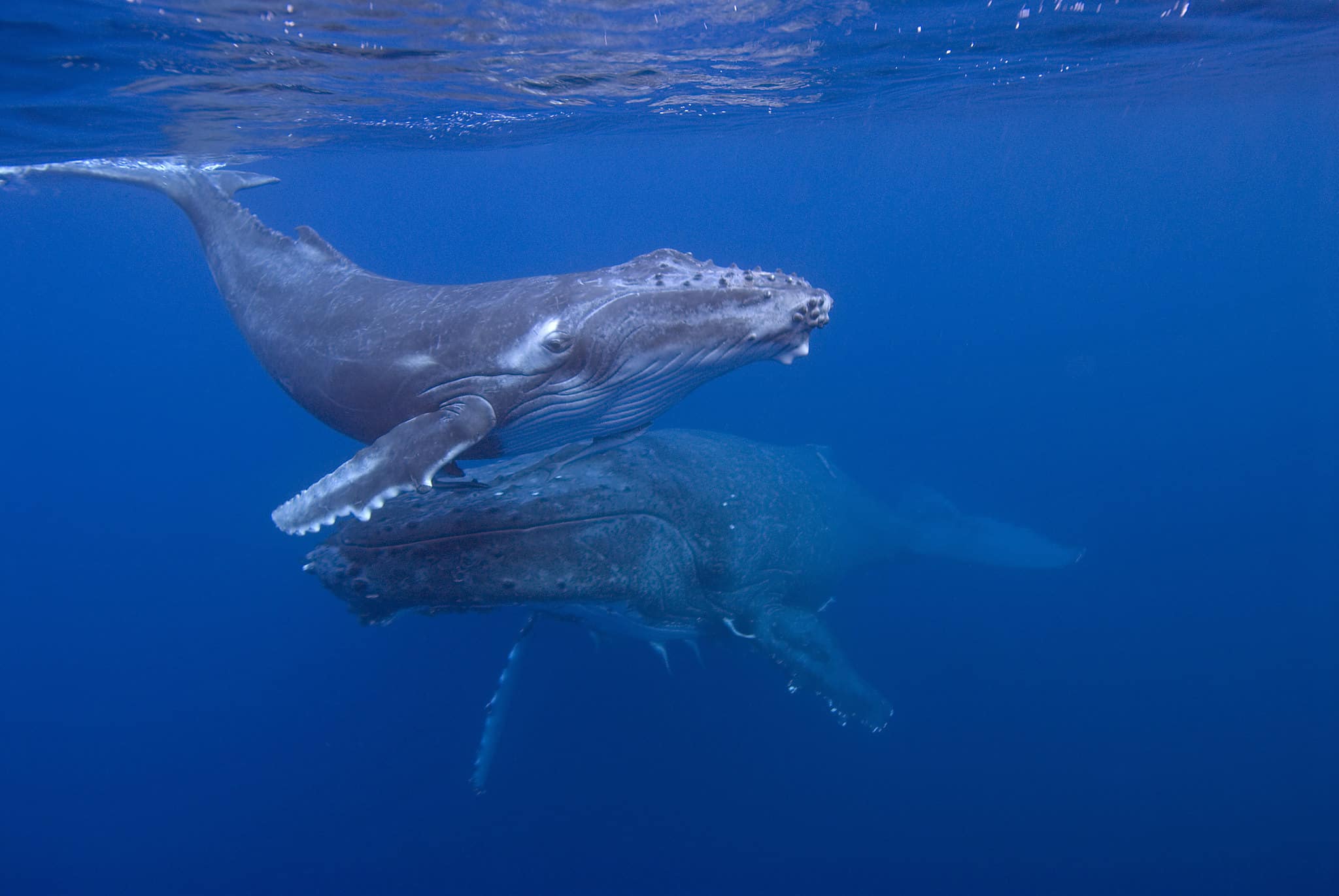
Baleen whales, the ocean’s largest and most majestic creatures, have long captivated us with their haunting underwater melodies. Yet the exact mechanisms that produce these sounds echoing through the ocean depths remained a puzzle — until now. A new study has unveiled a novel aspect of whale vocalization, showing these gentle giants use a specialized larynx, or voice box, in their underwater communication.
A New Whale Sound Pathway
For years, we believed that whales produced sounds similarly to humans, by passing air through vocal cords. However, recent research published by a team of researchers led by Professor Coen Elemans of the University of Southern Denmark has revealed a unique mechanism in baleen whales. Unlike any other known method, these marine giants generate sound by pushing air between a tissue fold and a fatty cushion in their larynx, causing vibrations that produce their iconic songs.
Early sailors attributed the sounds of whales to ghosts or mythical creatures. We now know better, partly thanks to the advent of hydrophones. These are underwater microphones that can capture these sounds, revealing their true origin. These devices, initially developed for iceberg detection and military purposes, inadvertently provided marine biologists with a treasure trove of whale songs, unlocking a world of underwater acoustics previously shrouded in mystery.
Elemans and his colleagues studied the larynges of three stranded baleen whales. Through advanced scanning and modeling, they found baleen whales use a U-shaped structure in their larynx, akin to vocal cords, which has been modified over millions of years of evolution.
Like all whales, baleen whales evolved from an ancestor who journeyed from land back to the sea (where the ancestors of terrestrial animals first evolved). When these whale ancestors migrated back to the sea, their vocal folds prevented the very fast breathing that a whale needs to perform when taking oxygen at the water’s surface.
While toothed whales developed a nasal vocal organ to produce their signature songs, baleen whales — including species like the sei, common minke, and humpback — rely on their uniquely configured larynx. These specialized structures enable them to make sounds, recycle air, and prevent water inhalation simultaneously.
“This changes our perspective on how sounds are made in these whales, and it perhaps shows us a mechanism which the whales might use to make more than one sound at the same time,” Joy S. Reidenberg, a professor of anatomy at the Icahn School of Medicine at Mount Sinai who was not involved in the study told the NY Times.
The significance of this discovery extends beyond the mere mechanics of sound. It appears that baleen whales are equipped to communicate over impressive distances. However, they are limited within a specific frequency range of up to 300 Hz. This range is crucial for their low-frequency calls to permeate the ocean’s opaque waters, reaching depths of 100 meters.
Here’s the problem though: the frequency range of baleen whale songs overlaps significantly with the noise generated by shipping vessels, which also falls within the 30–300 Hz range. This unfortunate coincidence suggests that the increasing cacophony of human activity at sea could severely disrupt the whales’ ability to communicate, potentially impacting their social and reproductive behaviors.
The delicate balance of the ocean’s soundscape is being upended, posing yet another challenge for these majestic creatures as they navigate the perils of an ocean brimming with noise.









